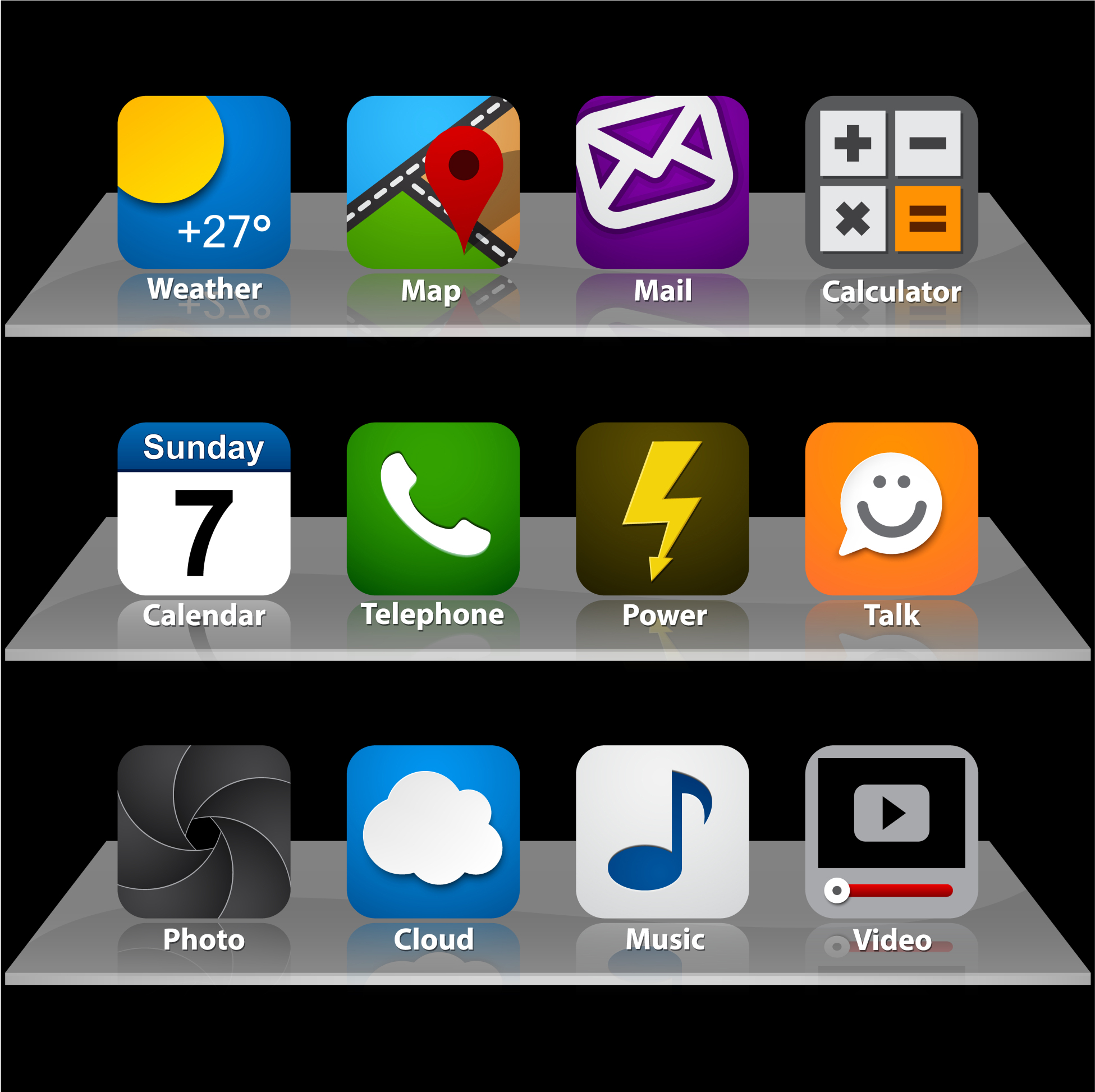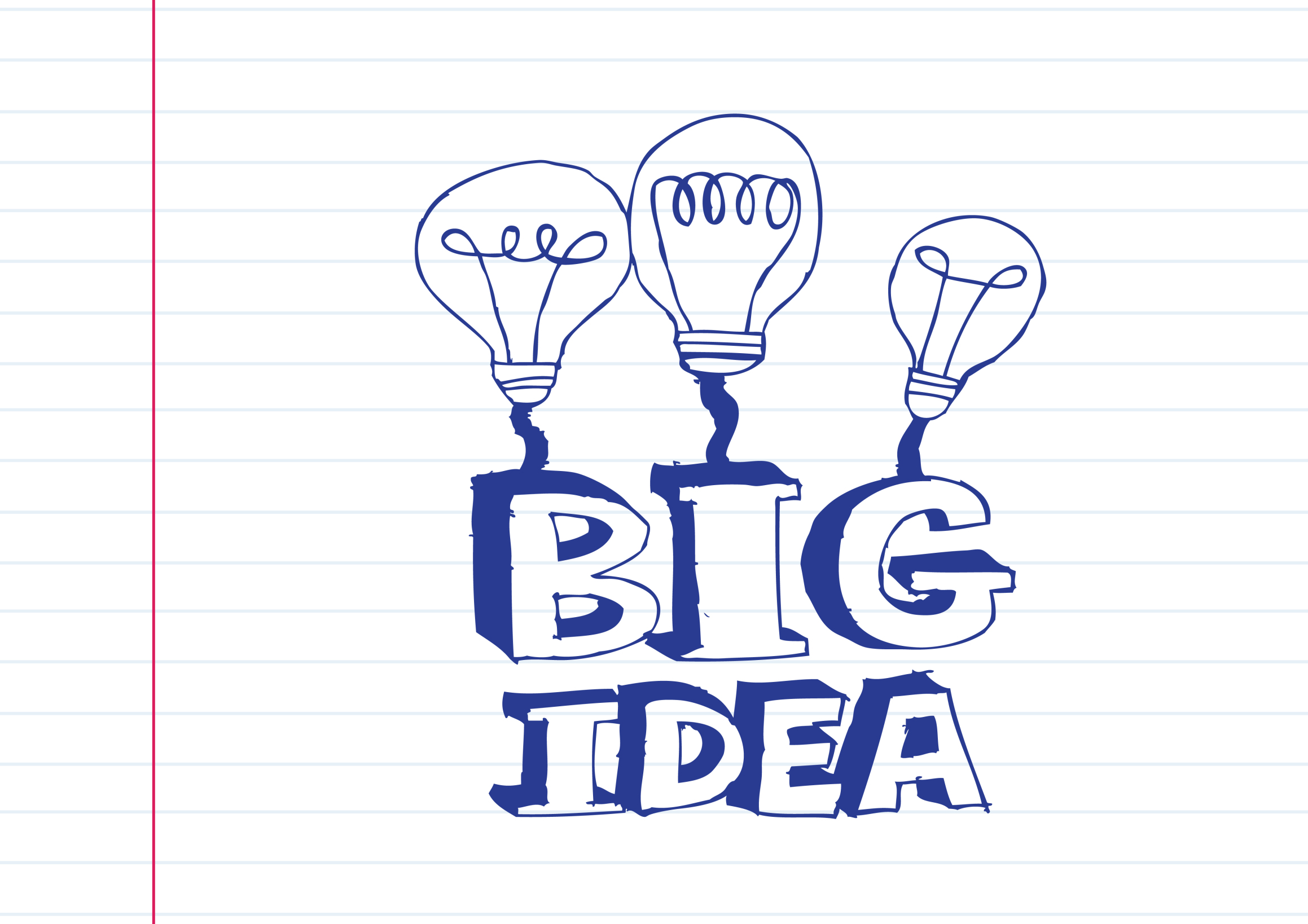March 27, 2015
What is the 21st Century Lesson Plan?
 Technology and the connected world put a fork in the old model of teaching–instructor in front of the class, sage on the stage, students madly taking notes, textbooks opened to the chapter being reviewed, homework as worksheets based on the text, tests regurgitating important facts.
Technology and the connected world put a fork in the old model of teaching–instructor in front of the class, sage on the stage, students madly taking notes, textbooks opened to the chapter being reviewed, homework as worksheets based on the text, tests regurgitating important facts.
Did I miss anything?
This model is outdated not because it didn’t work (many statistics show students ranked higher on global testing years ago than they do now), but because the environment changed. Our classrooms are more diverse. Students are digital natives, already in the habit of learning via technology. The ‘college and career’ students are preparing for is different so the education model must be different.
But that doesn’t mean we should toss everything out the window. Worksheets still have a place in today’s educational landscape—they just need to be reimagined for the modern classroom. Enter Printable worksheets, a perfect blend of tradition and technology. These aren’t the same old worksheets that students would fill out on paper just to pass the time. Today’s printable resources are dynamic and often designed to complement the interactive lessons, making them more engaging and useful.
Teachers can now offer highly useful worksheets that can be printed for classroom use or sent home as an additional resource for students to continue their learning at their own pace. Whether it’s math drills, reading comprehension, or creative writing exercises, these resources are flexible, easily accessible, and often customizable.
For educators and students alike, they are a convenient way to bridge the gap between old-school methods and today’s digital-first world, ensuring that students get the practice they need while still staying engaged in a tech-savvy way.
Just as printable worksheets have evolved to fit the modern classroom, so too have study tools like flashcards. Traditional flashcards have long been a staple of effective learning, helping students reinforce key concepts through repetition. However, with advancements in artificial intelligence, flashcards have become smarter and more personalized. AI-powered flashcards can now adapt to a student’s learning pace, identifying areas where they need extra practice and adjusting the content accordingly.
One such tool making waves in this space is NoteKnight, an AI-driven flashcard platform designed to optimize studying efficiency. By analyzing a student’s progress, they ensures that difficult concepts are reviewed more frequently while reinforcing material that has already been mastered. This smart approach not only saves time but also enhances retention, making studying more productive and less overwhelming. Whether for vocabulary building, exam prep, or mastering complex subjects, AI-powered flashcards provide a tailored learning experience that traditional methods simply can’t match.
Preparing for this new environment requires radical changes in teacher lesson plans. Here are seventeen concepts you’ll want to include in your preparation:
- Students are graduating from high school unable to work in the jobs that are available. It’s the teacher’s responsibility to insure students learn over-arching concepts such as how to speak to a group, how to listen effectively, how to think critically, and how to solve problems. The vehicle for teaching these ideas is history, science, and literature, but they aren’t the goal.

- To focus on the over-arching concepts above, make learning platform-neutral. For example, when teaching spreadsheets, make the software or online tools a vehicle for practicing critical thinking, data analysis, and evidence-based learning, not for learning one brand of software or a particular spreadsheet tool. Besides, what you use at school may not be what students have at home. You don’t want students to conflate your lessons with ‘something done at school’. You want them to apply them to their life.
- Morph the purpose from ‘knowing’ to ‘understanding’. Teach the process, not a skill. Students should understand why they select a particular tool, not just how to use it. Why use PowerPoint instead of a word processing program? Or a spreadsheet instead of a slideshow? Expect students to be critical thinkers, not passive learners.
- Transfer of knowledge is critical. What students learn in one class is applied to all classes (where relevant). For example, word study is no longer about memorizing vocabulary, but knowing how to decode unknown academic and domain-specific words using affixes, roots, and context.
- Collaboration and sharing is part of what students learn. They help each other by reviewing and commenting on projects before submittal to the teacher (GAFE makes that easy). The definition of ‘project’ itself has changed from ‘shiny perfect student work’ to review-edit-rewrite-submit. You grade them on all four steps, not just the last one. This makes a lot of sense–who gets it right the first time? I rewrote this article at least three times before submitting. Why expect differently from students? Plus: No longer do students submit a project that only the teacher sees (and then a few are posted on classroom bulletin boards). Now, it is shared with all classmates, so all benefit from every students’ work.

- Self-help methods are provided and you expect students to use them. This includes online dictionaries and thesauruses, how-to videos, and access to teacher assistance outside of class. These are available 24/7 for students, not just during classroom hours. This happens via online videos, taped class sessions, the class website, downloadable materials so students don’t worry that they ‘left it in their desk’.
- Teachers are transparent with parents. You let them know what’s going on in the classroom, welcome their questions and visits, communicate often via email or blogs when it’s convenient for them. That doesn’t mean you’re on duty around the clock. It means you differentiate for the needs of your parents. Your Admin understands that change by providing extended lunch hours, compensatory time off, or subs when you’re fulfilling this responsibility.

- Failure is a learning tool. Assessments aren’t about ‘getting everything right’ but about making progress toward the goal of preparing for life
- Differentiation is the norm. You allow different approaches as long as students achieve the Big Idea or answer the Essential Question. You aren’t the only one to come up with these varied approaches–students know what works best for their learning and present it to you as an option.
- The textbook is a resource, supplemented by a panoply of books, primary documents, online sites, experts, Skype chats, and anything else that supports the topic. This information doesn’t always agree on a conclusion. Students use habits of mind like critical thinking, deep learning, and evidence-based decisions to decide on the right answers.

- The lesson plan changes from the first day to the last–and that’s OK. It is adapted to student needs, interests, and hurdles that arise as it unfolds, while staying true to its essential question and big idea.
- Assessment might include a quiz or test, but it also judges the student’s transfer of knowledge from other classes, their tenacity in digging into the topic, their participation in classroom discussions, and more.

- Vocabulary is integrated into lessons, not a stand-alone topic. Students are expected to decode words in class materials that they don’t understand by using quickly-accessed online vocabulary tools, or deriving meaning from affixes, roots, and context.

- Problem solving is integral to learning. It’s not a stressful event, rather viewed as a life skill. Who doesn’t have problems every day that must be solved? Students are expected to attempt a solution using tools at their disposal (such as prior knowledge, classmates, and classroom resources) before asking for help.
- Digital citizenship is taught, modeled and enforced in every lesson, every day, every class. It’s no longer something covered in the ‘tech lab’ because every class has as much potential for working online as offline. Every time the lesson plan calls for an online tool or research using a search engine or a YouTube video, teachers review/remind/teach how to visit the online neighborhood safely. It’s frightening how students blithely follow weblinks to places most parent wouldn’t allow their child to visit in their neighborhood. Just as students have learned how to survive in a physical community of strangers, they must learn to do the same in a digital neighborhood.
- Keyboarding skills are granular. They aren’t used only in the computer lab, but in every class students take. If students are using iPads, Chromebooks, laptops, or desktops for learning, they are using keyboarding–which means they must know how to do so efficiently, quickly, and stresslessly. Since keyboarding benefits all classes, all teachers–including the librarian–become partners in this effort. I go into classrooms and show students the broad strokes; the teacher reinforces it every time the student sits down at the computer.

- Play is the new teaching. It is a well-accepted concept for pre-schoolers and has made a successful leap to the classroom, relabeled as ‘gamification’. Use the power of games to draw students into learning and encourage them to build on their own interests. Popular games in the classroom include Minecraft, Mission US, Scratch, and others on this list. If your school is new to this concept, clear it with admin first and be prepared to support your case.

When I first wrote lesson plans, it was all about aligning learning with standards, completing the school’s curricula, ticking off required skills. Now, I build the habits of mind that allow for success in education and home life and construct a personal knowledge base with students that will work for their differentiated needs. Like any lesson plan, this is only difficult the first time. After that, it seems natural.
Jacqui Murray has been teaching K-8 technology for 15 years. She is the editor/author of dozens of tech ed resources including a K-8 technology curriculum, K-8 keyboard curriculum, K-8 Digital Citizenship curriculum, and dozens of books on how to integrate technology into education. She is webmaster for six blogs, CSG Master Teacher, an Amazon Vine Voice book reviewer, Editorial Review Board member for Journal for Computing Teachers, CAEP reviewer, CSTA presentation reviewer, freelance journalist on tech ed topics, a tech ed columnist for Examiner.com, and a weekly contributor to TeachHUB. You can find her resources at Structured Learning.






